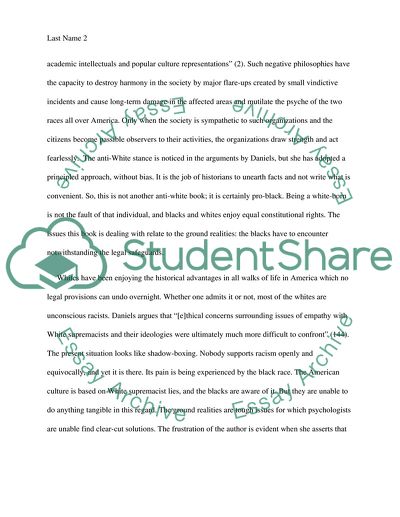Cite this document
(“Jessie Daniels book White Lies: Race, Class, Gender, and Sexuality in Report/Review”, n.d.)
Retrieved from https://studentshare.org/history/1603908-jessie-daniels-book-white-lies-race-class-gender-and-sexuality-in-white-supremacist-discourse
Retrieved from https://studentshare.org/history/1603908-jessie-daniels-book-white-lies-race-class-gender-and-sexuality-in-white-supremacist-discourse
(Jessie Daniels Book White Lies: Race, Class, Gender, and Sexuality in Report/Review)
https://studentshare.org/history/1603908-jessie-daniels-book-white-lies-race-class-gender-and-sexuality-in-white-supremacist-discourse.
https://studentshare.org/history/1603908-jessie-daniels-book-white-lies-race-class-gender-and-sexuality-in-white-supremacist-discourse.
“Jessie Daniels Book White Lies: Race, Class, Gender, and Sexuality in Report/Review”, n.d. https://studentshare.org/history/1603908-jessie-daniels-book-white-lies-race-class-gender-and-sexuality-in-white-supremacist-discourse.


